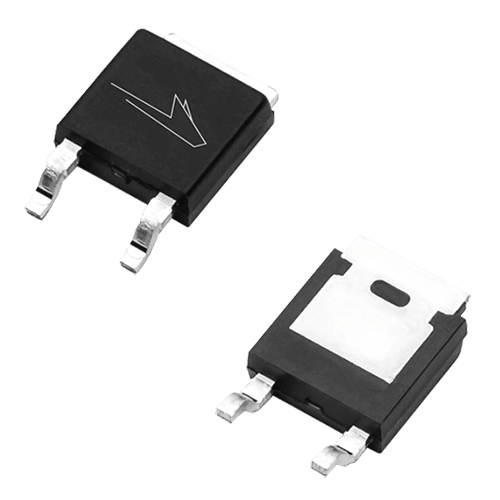Features
- Lowest forward voltage (Vf) drop over temperature in the industry
- Zero reverse-recovery charge (Qrr) for ultra-fast switching operations
- Robust MPS technology with high surge capability
- High reverse-voltage blocking capability
- Direct drop-in replacement for current silicon diodes and other silicon carbide diodes
